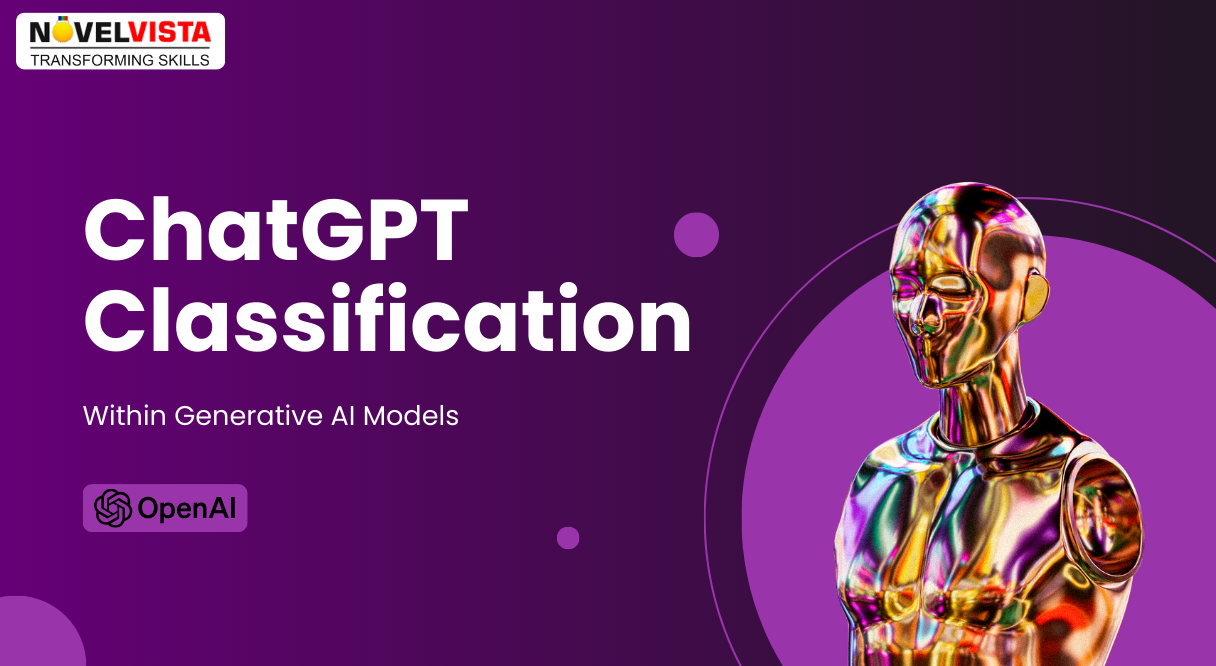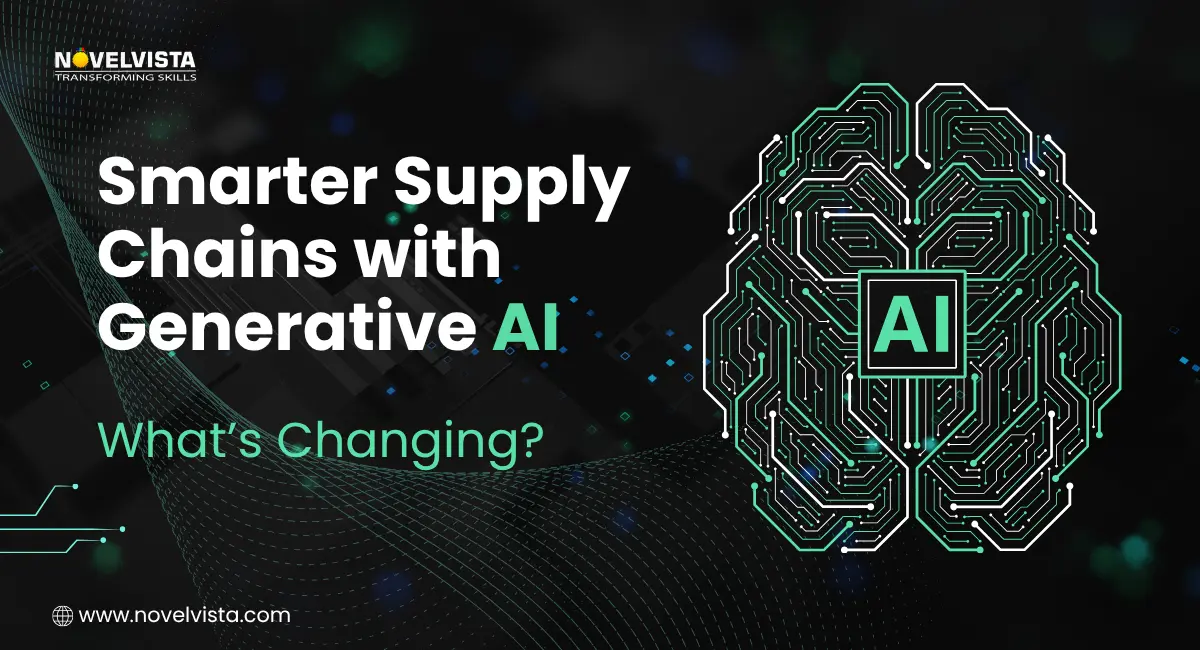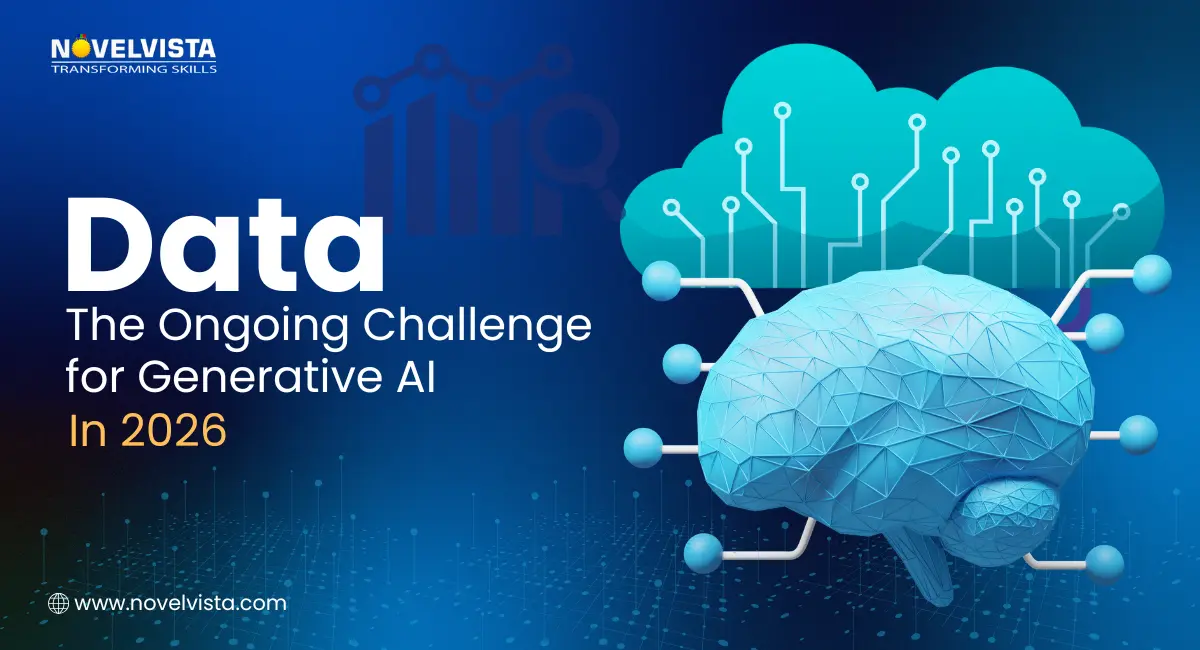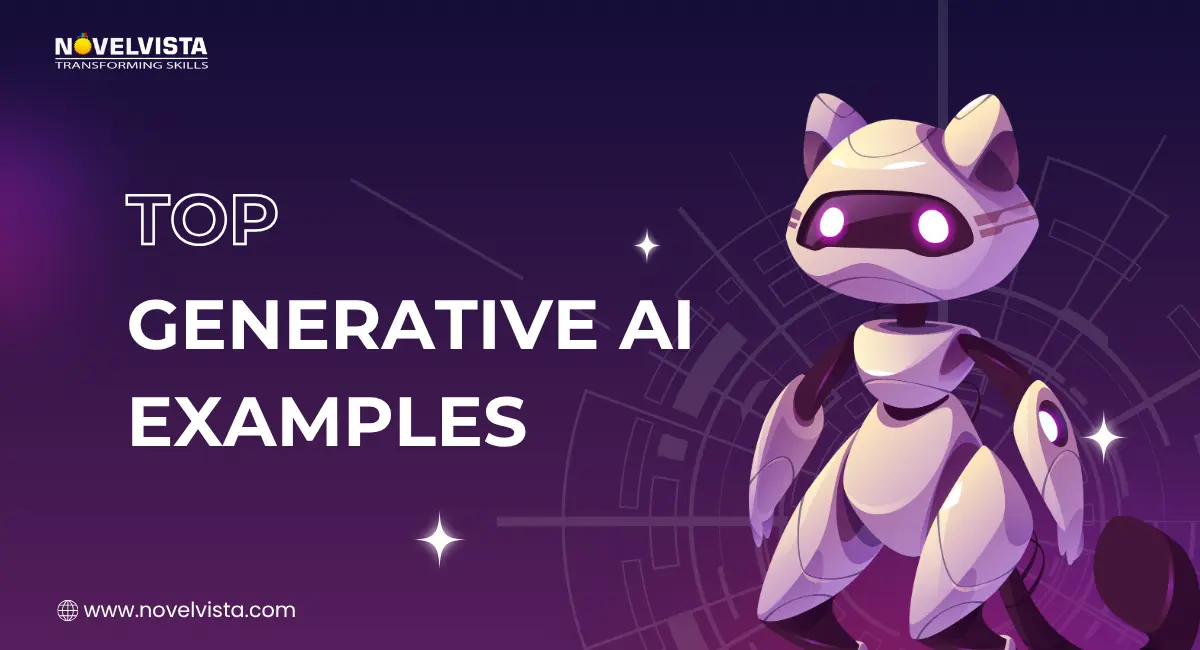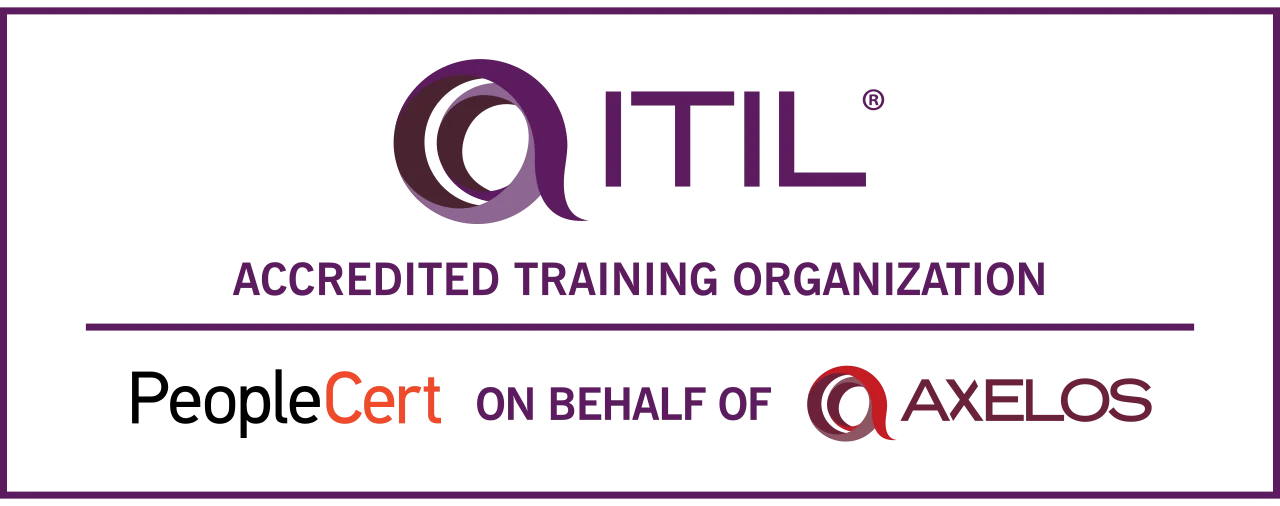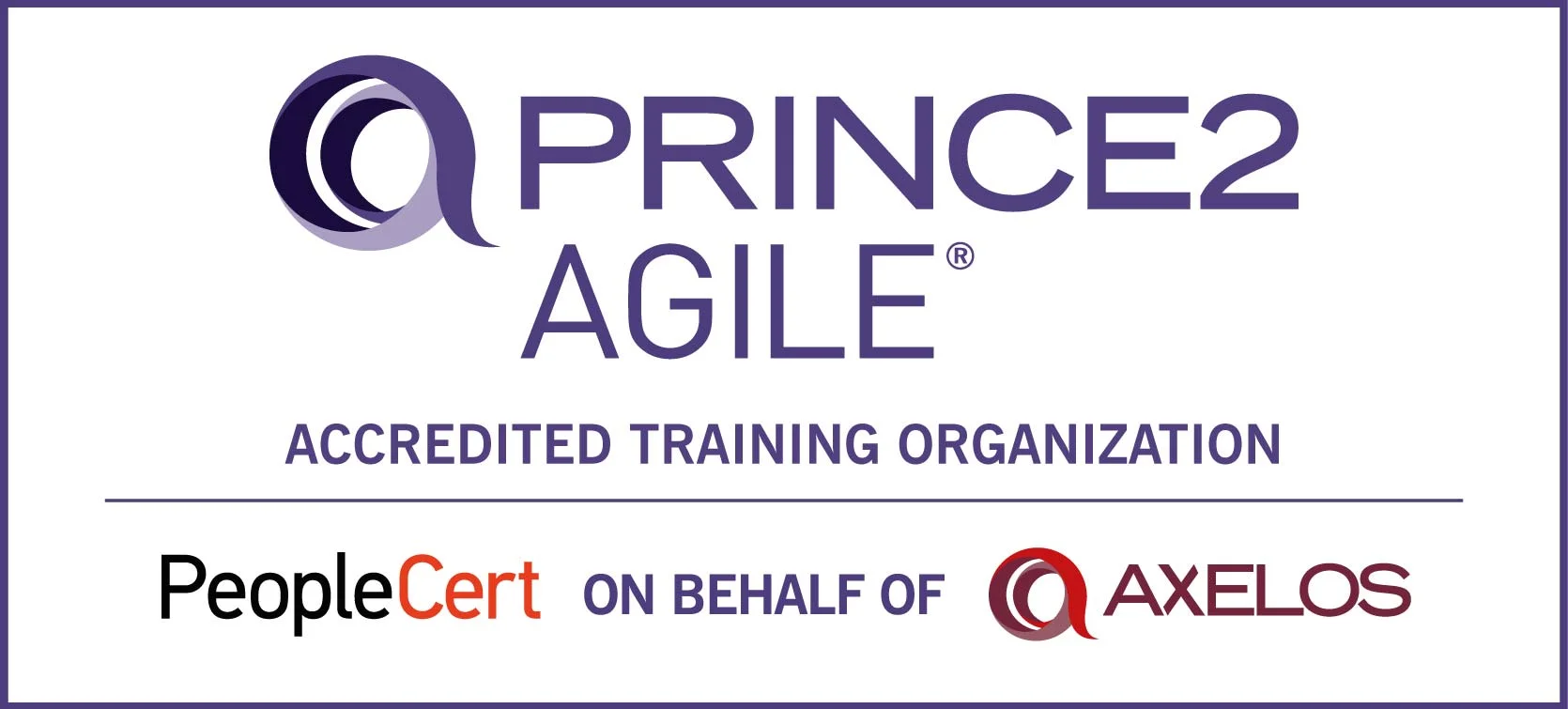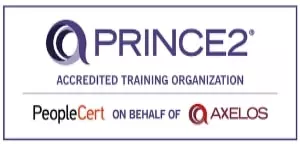- Generative AI and its Classification
- The Working of ChatGPT: Transformer-Based Language Models
- ChatGPT vs Other Generative Models
- Reinforcement Learning and Human Feedback in ChatGPT
- Implications of ChatGPT's Classification
- What is the Classification of ChatGPT Within Generative AI Models: Conclusion
Highly advanced and popularly known, ChatGPT has been an important innovation in generative AI, emerging from the house of OpenAI. ChatGPT has unseen capabilities for text generation, conversational responses, and retrieving information.
However, what is the classification of ChatGPT within generative AI models? In this blog, we will be discussing the technical basis of ChatGPT, the position it holds within the hierarchy of AI models, and what makes it different from other generative models.
Generative AI and its Classification
Generative AIis concentrated on creating new content across different formats, such as text, image, audio, and video, based on learned patterns from large datasets. Unlike discriminative models, which categorize or label input data, generative models are set to "generate" content that appears similar to the data that they were trained on. They fall into the category ofartificial intelligencemodels and can be classified into a few types depending on functionality:
- Models of supervised learning: These tend to learn by making predictions from labeled data.
- Models of unsupervised learning: These work upon unlabeled data and try to discover some patterns or relationships.
- Generative models: These try to generate new samples like input data.
ChatGPT is essentially an AI model that falls under the broad generative category, in which it is designed as an AI model to provide clear and context-specific responses based on user prompts. However, to put ChatGPT into better categorization, we need to dig deeper into the structure of generative AI models.
The Working of ChatGPT: Transformer-Based Language Models
This is mostly a Transformer model, inspired by Google’s 2017 paper "Attention is All You Need." Transformers revolutionized natural language processing (NLP) by allowing faster, parallel processing of text through self-attention mechanisms. This model helps handle long connections in text, making it good at generating accurate, context-rich language.
In generative AI, transformer-based models are standard for generating text because they handle context and meaning precisely. Different versions serve specific purposes, like:
- BERT: Focuses on understanding text (uses an encoder).
- GPT: Focuses on generating text (uses a decoder).
For example, ChatGPT is a decoder-only model designed specifically for text generation.
GPT: The Framework and Evolution
OpenAI's GPT models have evolved from GPT-1 to GPT-2, GPT-3, to the latest GPT-4. At each stage, the model size and capabilities improved. The successive versions had increased parameters which enhanced the ability of the model to understand complex language patterns and generate contextually appropriate responses.
These generative pre-trained transformers are trained on vast datasets to predict the next word in a sequence, which leads to a clear and easy-to-understand generation of text based on prompt inputs.
The classification of ChatGPT specifically within the GPT lineage falls into the following characteristics:
- Autoregressive Nature: ChatGPT works by predicting one word at a time. It looks at the previous words to guess the most likely next word and then adds it to the response, repeating this until the reply is complete.
- Unsupervised Pre-training with Supervised Fine-tuning: ChatGPT is initially pre-trained on large, diverse datasets (unsupervised) and then fine-tuned for specific applications through reinforcement learning from human feedback (RLHF).
Language Model vs. Dialog Model: ChatGPT as a Conversational AI
Although a GPT, the ChatGPT has been particularly optimized for conversational performance and is therefore a dialogue-oriented model. OpenAI utilizesRLHFto further fine-tune it into better interaction capabilities, making it more responsive to conversational cues and user intentions. This adjustment sub-classifies ChatGPT under generative AI:
- Dialogue-Optimized Transformer Model: Not a general-purpose generative model but one trained to have a special focus on producing more coherent and contextually relevant responses in a conversation.
- Instruction-following Model: The model is trained to understand and follow instructions; hence, it differs from the earlier generative models, which lacked this kind of functionality precisely implemented.
Thus, due to this special training, ChatGPT can be termed a dialogue-oriented, instruction-following generative model.
ChatGPT vs Other Generative Models
Generative AI includes models that create various types of content. Following is a brief comparison to put ChatGPT's place in the generative AI landscape:
- GANs (Generative Adversarial Networks): GANs are generative models applied mainly for image synthesis, for example, in the production of deepfakes or artwork. GANs are not like ChatGPT, which is a probabilistic language model. Instead, GANs are made up of a generator and discriminator network working adversarially.
- VAEs (Variational Autoencoders): These are often applied for generating data in situations like anomaly detection or more image-related applications but won't approach the quality generated by a transformer-based text model.
- Diffusion Models: Models like DALL-E and Stable Diffusion create images by progressively removing noise from a random pattern. Highly effective for image generation but quite different for language use as in chat.
ChatGPT is designed specifically for text-based generative tasks, placing it in a subclass of NLP-oriented generative models using transformers.
Reinforcement Learning and Human Feedback in ChatGPT
The distinctive feature of the development of ChatGPT is that reinforcement learning from human feedback (RLHF) is used in this model. Although the first training of the model was unsupervised, through RLHF, its conversational quality has been polished enough to remove biased or inappropriate outputs and align the model's responses with human values and preferences.
This places ChatGPT in an elite subgroup of the generative models based on behavioral fine-tuning aimed at user-centric interactions that differentiate it from unsupervised-only language models. It is, therefore a reinforcement-learned generative AI model designed to be engaging and interactive with dialogue.
Implications of ChatGPT's Classification
What is the Classification of ChatGPT Within Generative AI Models: Conclusion
ChatGPT, developed by OpenAI, represents an advanced language model classified within Generative AI models. The answer to "What is the classification of ChatGPT within Generative AI models" reveals that it falls under the category of transformer-based models.
Its architecture, training approach, and dialog-optimized functionality place it in a class above other generative models for use where contextually aware complex, and interesting text generation is required. Understanding such classification allows developers and users to maximize the potential while being aware of its intended limits.
Unpack the classification, role, and unique capabilities of ChatGPT among today’s top generative AI models.
Author Details

Akshad Modi
AI Architect
An AI Architect plays a crucial role in designing scalable AI solutions, integrating machine learning and advanced technologies to solve business challenges and drive innovation in digital transformation strategies.
Confused About Certification?
Get Free Consultation Call

